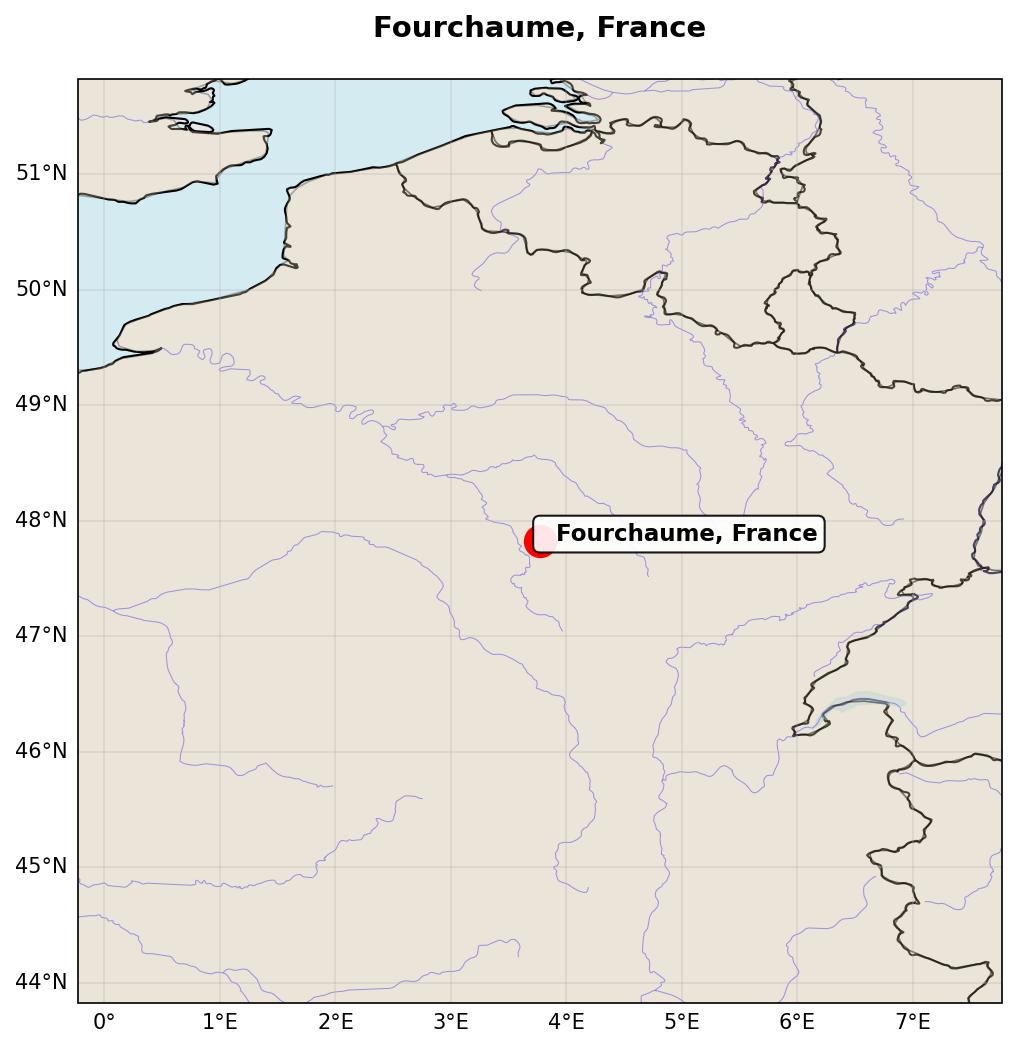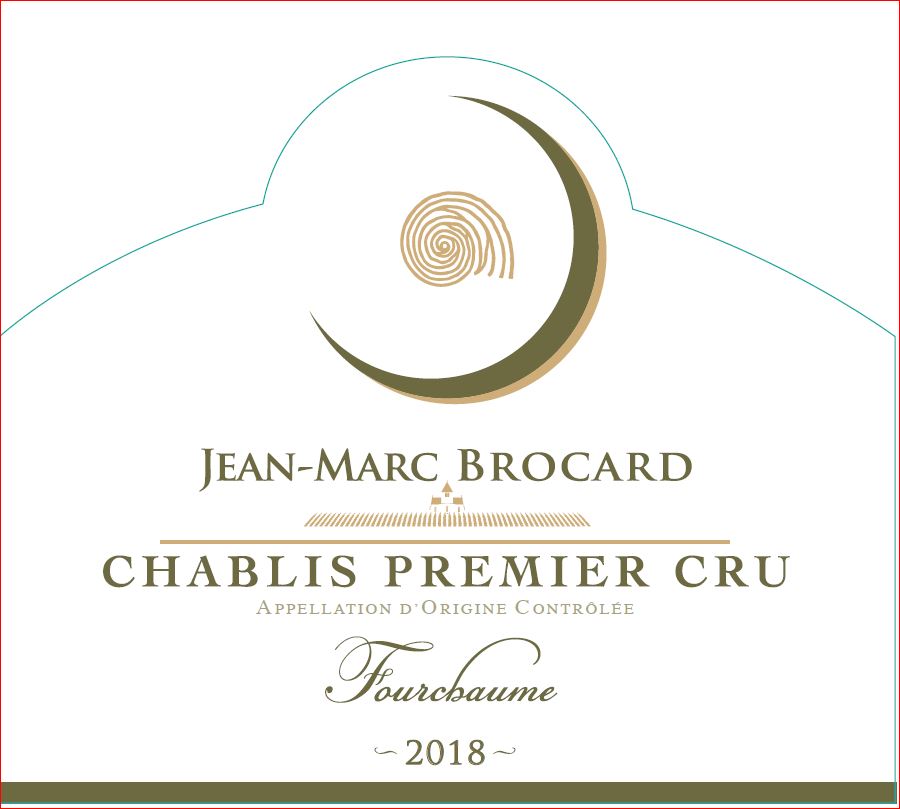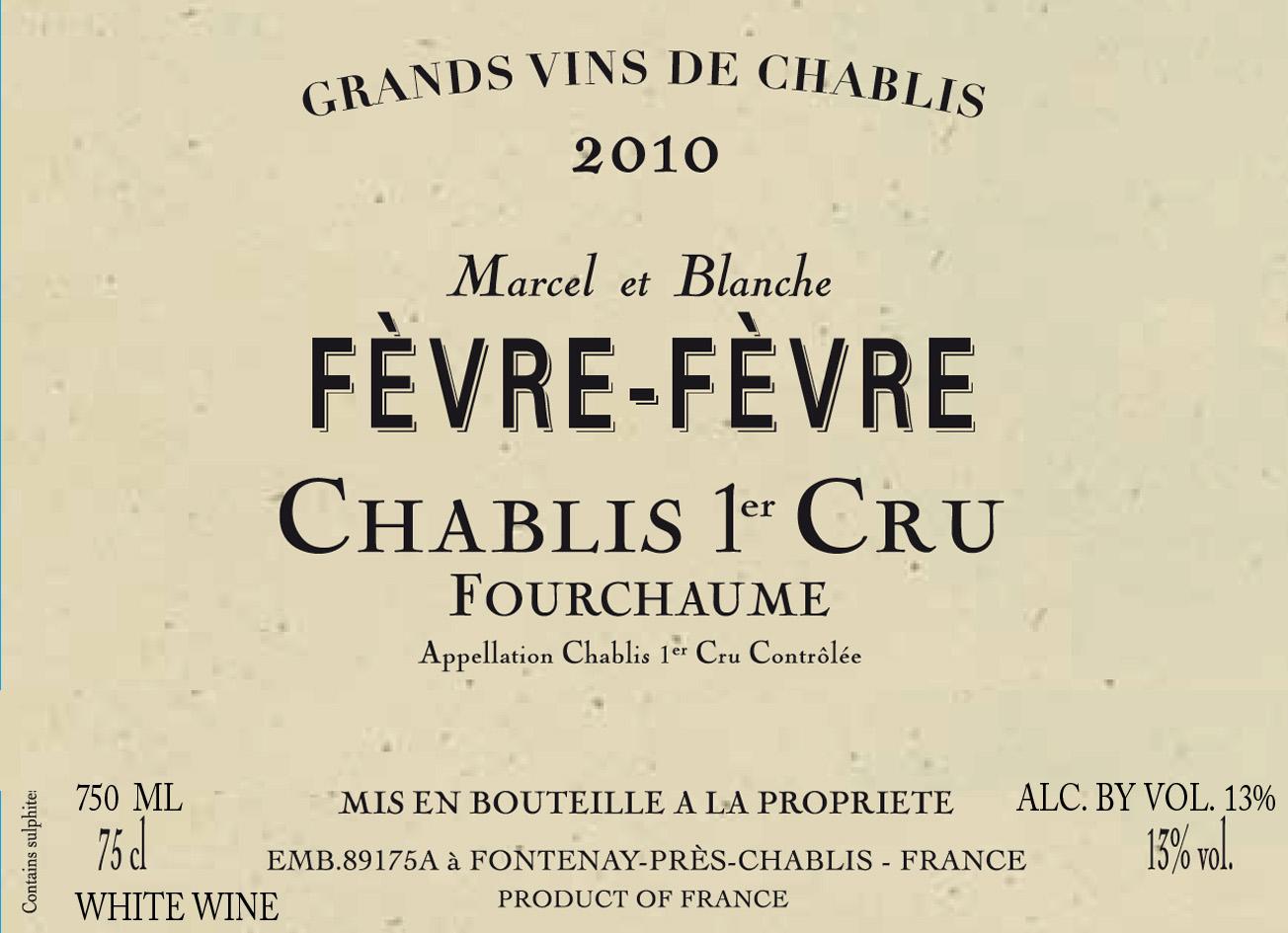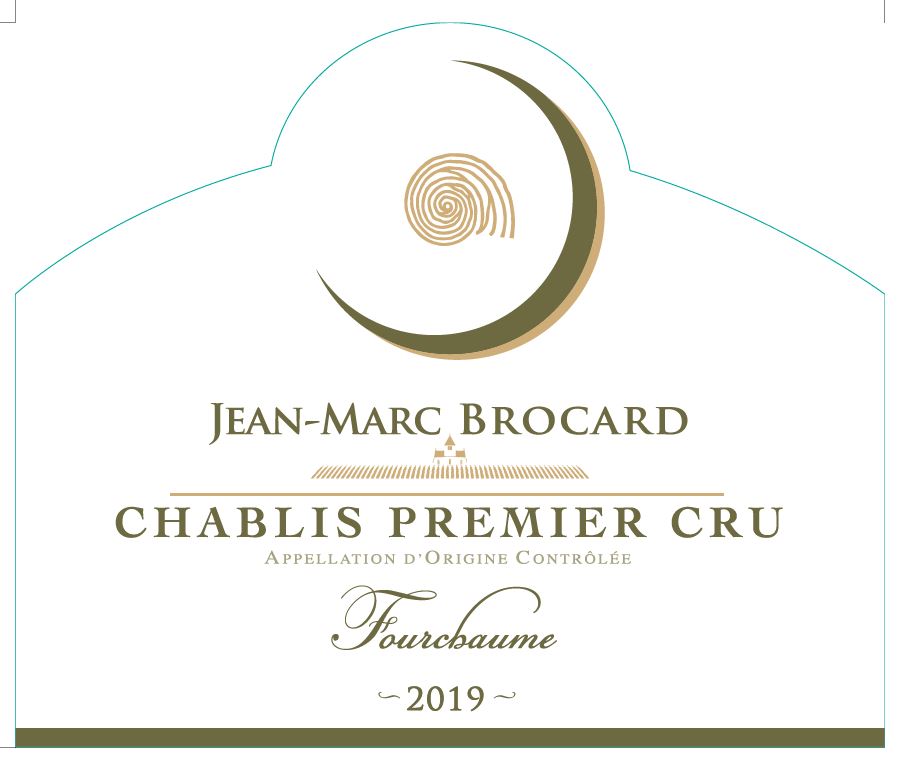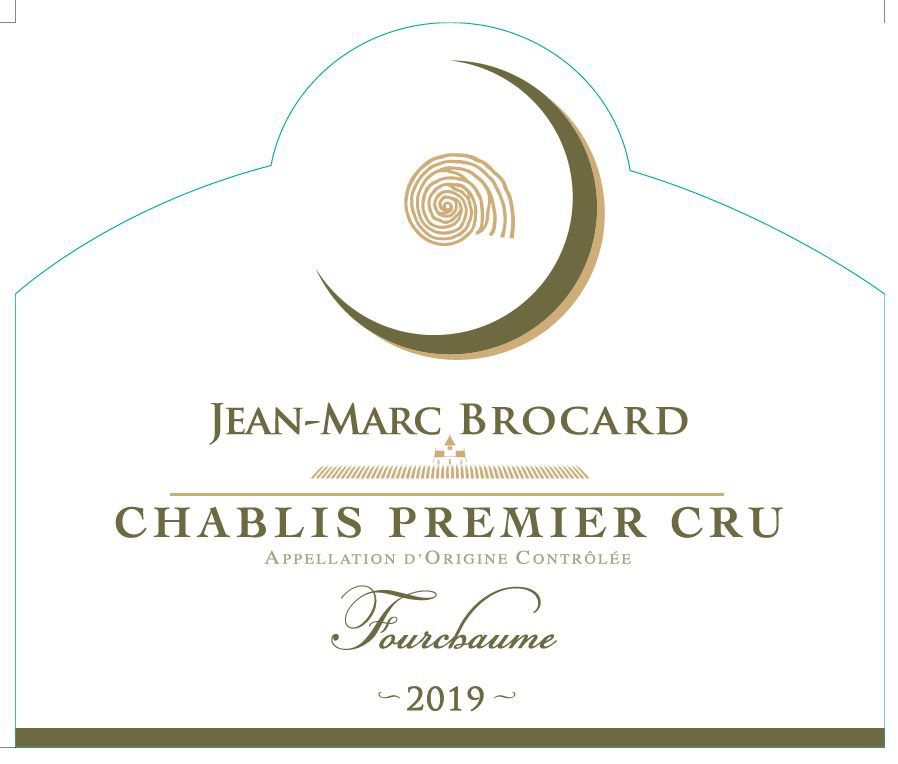Terroir of Fourchaume
Fourchaume's terroir is defined by its sunny, west to southwest-facing vineyards overlooking the Serein Valley. The soil is a rich blend of Kimmeridgian limestone marl and brown clay loam, which provides excellent drainage while retaining enough moisture to prevent vine stress during warmer periods. This combination enhances the structure and fruity intensity of the grapes, contributing to wines with a unique balance of ripeness, minerality, and length.
The climate is continental, featuring cold winters and the risk of spring frost, with warm and mostly dry summers. The southwest-facing slopes heat up quickly and cool down slowly, moderating temperature extremes. Breezes from the valley also help reduce disease risk. These conditions allow Fourchaume to achieve fuller phenolic ripeness, maintaining vibrant acidity and producing wines that are deep, refined, and well-balanced.
Notable Wineries in Fourchaume
In the heart of Burgundy, the Chablis region is renowned for its expressive Chardonnay wines, and Fourchaume is a standout among its Premier Crus. Here, several wineries excel in crafting wines that reflect the distinctive terroir:
-
Domaine William Fèvre: Known for setting the benchmark in Chablis, their Fourchaume is a harmonious blend of ripe fruit, tension, and a lingering mineral finish.
-
Domaine Alain Geoffroy: A family-run estate, their Fourchaume is rich and concentrated, crafted from older vines, offering impressive depth and aging potential.
-
Jean-Paul & Benoît Droin: This respected domaine produces powerful and pure Fourchaume with a strong mineral backbone beneath broad fruit flavors.
-
Domaine Laroche: As a historic name in Chablis, their Fourchaume maintains a fresh taste through fermentation in steel and maturation in large neutral barrels.
Sustainable Winemaking in Fourchaume
In Burgundy's Chablis region, sustainability is a key focus, with many vineyards embracing organic and biodynamic practices. These methods rely on natural compost and remedies instead of synthetic chemicals, promoting healthier vines and ecosystems. Cover cropping, using grasses and legumes between rows, not only prevents soil erosion but also enriches soil health and attracts beneficial insects to the vineyards.
Integrated Pest Management (IPM) is widely practiced, with careful canopy management to improve airflow and reduce fungal issues. Many winemakers adhere to environmental certifications, ensuring precise and minimal chemical treatments. Resource efficiency is prioritized, with vineyards avoiding unnecessary irrigation and investing in energy and water-saving operations. Additionally, eco-friendly packaging has become more common, reflecting a commitment to sustainability in every aspect of winemaking.
Wine Tourism in Fourchaume
Chablis offers a rich tapestry of wine tourism experiences, drawing enthusiasts to explore its unique terroir and heritage.
-
Cellar Door Tastings: Visitors can book appointments to sample and compare Fourchaume Premier Cru with other Chablis crus, gaining insight into the region’s renowned Chardonnay.
-
Vineyard Walks and Scenic Drives: The Serein Valley and Fourchaume hillsides provide breathtaking views perfect for leisurely walks or drives.
-
Historic and Cultural Attractions: Discover local historic sites and markets offering regional delights like cheeses and honey that pair well with Chablis wines.
-
Festivals and Events: Seasonal fairs and open-cellar weekends allow for tasting both new releases and aged Premier Crus.
-
Gastronomic Pairings: Local dining spots offer Chablis paired with seafood, cheeses, and white meats, enhancing the wine's complex flavors.


